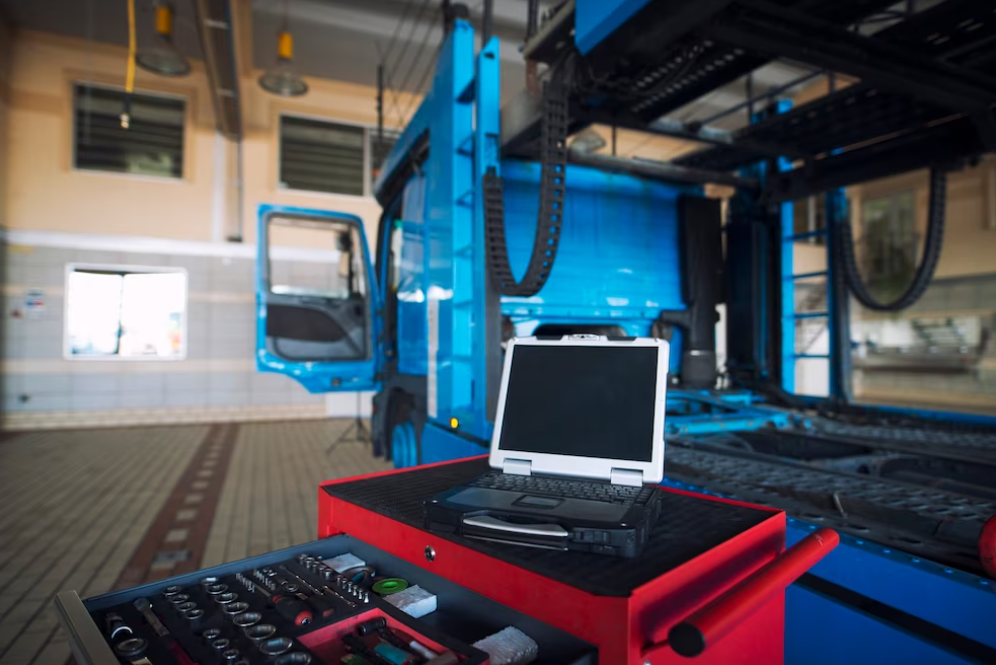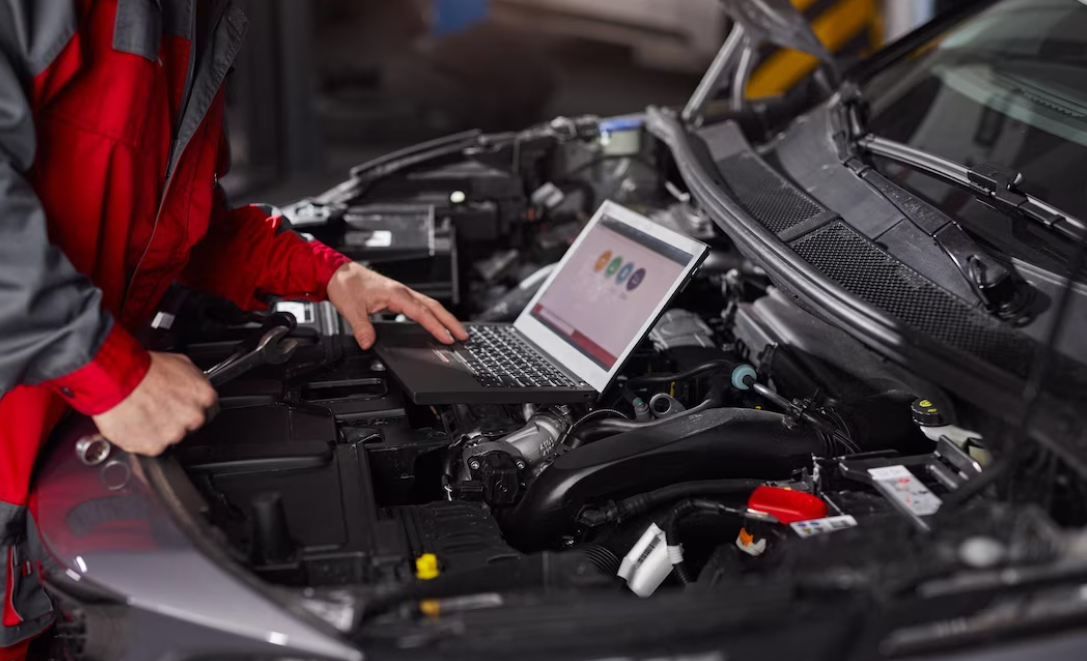A Beginner's Guide to Using an Automotive Diagnostic Tool
Are you looking for an easier way to troubleshoot the problems of your car’s engine? You should consider investing in an automotive diagnostic tool. You can diagnose the precise issue with your engine with these sophisticated instruments, saving money on costly service appointments and time-consuming trial-and-error testing. We'll walk you through the process of selecting the best automobile diagnostic tool for your needs, comprehending its features and operations, and beginning diagnostics on your own vehicle in this blog. For more, continue reading!

What is An Automotive Diagnostic Tool and Why It is Important?
An automobile diagnostic tool communicates with the vehicle's onboard computer system, retrieving vital information about its operation such as sensor data and fault codes. These tools are important because they enable efficient problem identification, saving time and cost for both technicians and vehicle owners. By providing accurate and detailed information, they assist in making informed decisions for repairs. Additionally, diagnostic tools facilitate preventive maintenance by monitoring performance parameters and detecting potential issues before they become major problems. With the increasing complexity of modern vehicles, automotive diagnostic tools have become indispensable in effectively maintaining and troubleshooting automotive systems.

To connect a diagnostic device correctly to your car, begin by locating the OBD port beneath the dashboard on the driver's side. Ensure that the vehicle's ignition is turned off for safety. Check the diagnostic device's connector for compatibility and align it with the OBD port. Insert the connector firmly until it locks into place. Power on the vehicle without starting the engine to provide power to the diagnostic device. Follow any specific instructions provided with the device, such as selecting vehicle information or navigating menus. Wait for the device to initialize and establish communication with the car's systems. Once connected, you can begin performing diagnostics or accessing the desired functions using the device's interface. Always refer to the device's user manual or instructions for any specific procedures or considerations during the connection process.
-
Code readers: These tools are designed for reading and erasing engine codes. They are user-friendly and relatively inexpensive.
-
Scan tools: More advanced than code readers, scan tools can retrieve and clear codes from various vehicle systems, such as the engine, transmission, and brakes. They often offer additional features like live data streaming and freeze-frame analysis.
-
Diagnostic software: This type of diagnostic tool is predominantly used by professional mechanics and requires a computer to run the software. It provides comprehensive diagnosis of all the vehicle's systems and components.
-
Oscilloscope: An oscilloscope is a diagnostic tool specifically utilized for testing electronic systems in a vehicle. It visually presents signals from different sensors and components in graphical form, facilitating the identification of issues.
-
Multimeter: A multimeter is a basic diagnostic tool that measures voltage, current, and resistance. It is commonly employed for testing electrical components in a vehicle.
-
Smoke machine: A smoke machine is a diagnostic tool that generates visible smoke, aiding in the identification of leaks in a vehicle's vacuum or exhaust systems.

Understanding the data retrieved from an automotive diagnostic tool is crucial for identifying issues with a vehicle's systems and components. When reading the codes, it's important to understand what they mean and which system or component is affected. Freeze-frame data can provide additional context for the code and help pinpoint the root cause of the issue. Analyzing live data can also help identify issues that may not be detected by codes alone. By consulting the user manual and seeking professional help if needed, you can accurately interpret the data and make informed decisions about repairs. Regularly using a diagnostic tool can also help prevent potential issues before they become major problems. By using the data retrieved by the tool to perform preventive maintenance, you can keep your vehicle running smoothly and avoid costly repairs in the future.
-
What types of problems can an automotive diagnostic tool identify?
A car diagnostic tool may detect a variety of trouble in a vehicle, including engine-related issues such as misfires, sensor failures, fuel system problems, emission control system faults, gearbox issues, ABS (Anti-lock Braking System) problems, airbag system faults, and more. It can also detect small flaws before they become serious ones, thus saving you money on future repairs.
-
Can I use an automotive diagnostic tool on any vehicle?
Most modern vehicles manufactured after 1996 are equipped with an OBD-II system, which is compatible with standard automotive diagnostic tools. However, there are some older vehicles and certain exotic or specialized vehicles that may have different diagnostic systems or connector types. It's essential to ensure that your diagnostic tool is compatible with your vehicle's make, model, and year before purchasing or using it.
Read more review here: The 10 Best IPad Car Mounts For Convenient And Safe Driving












